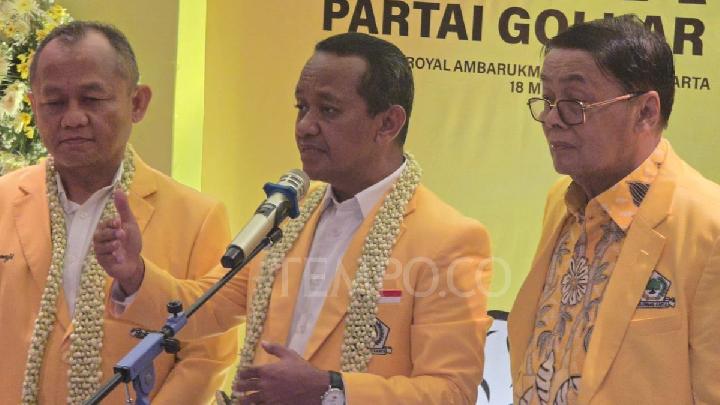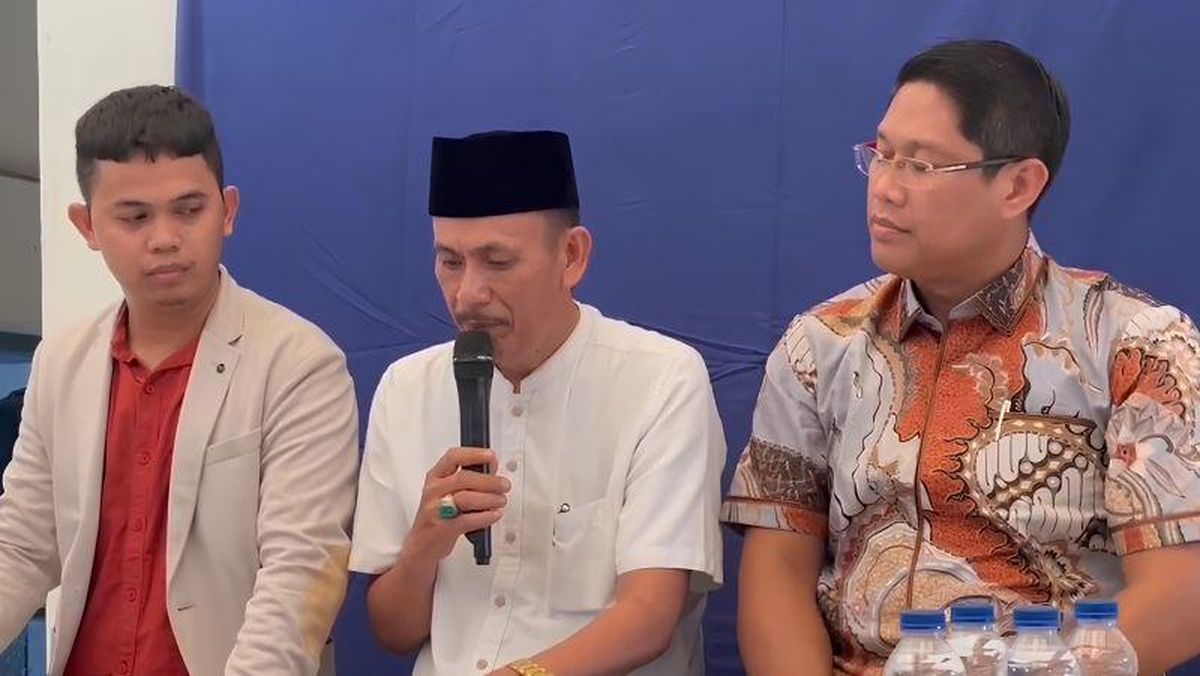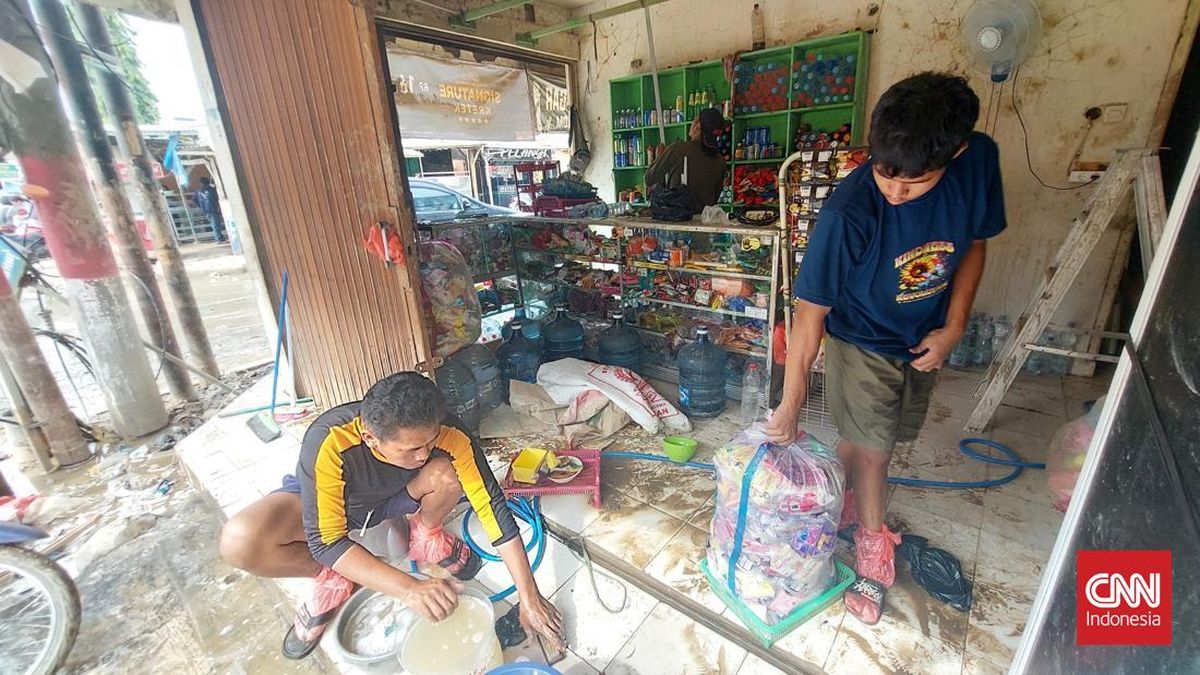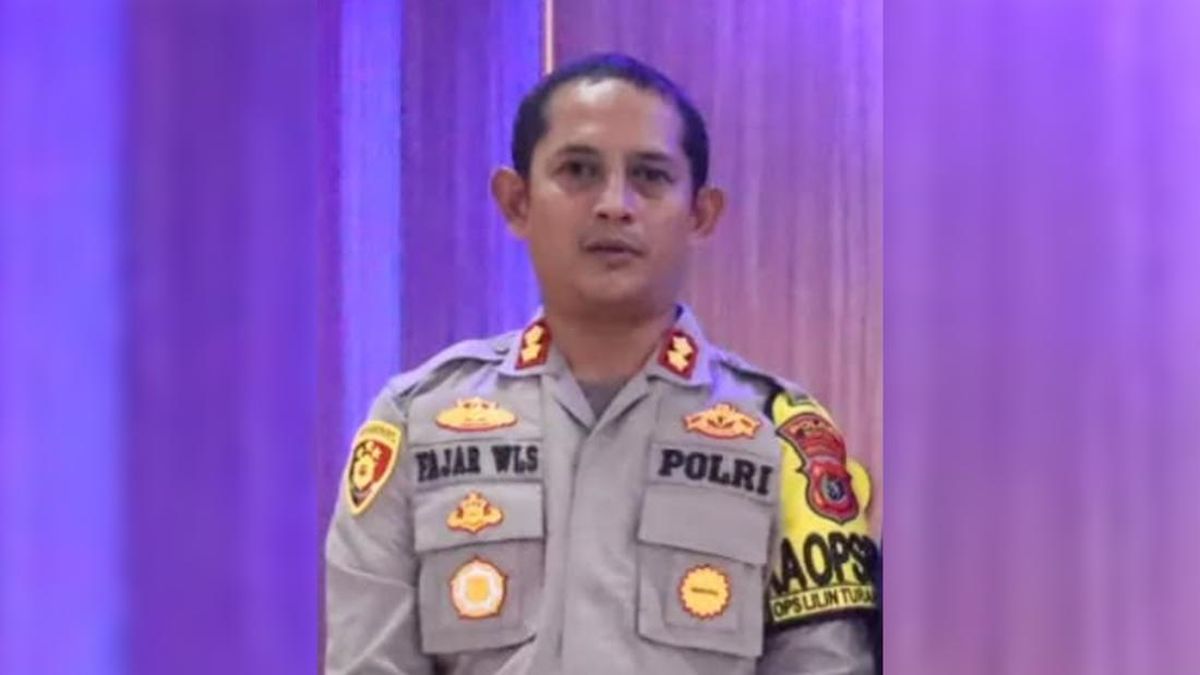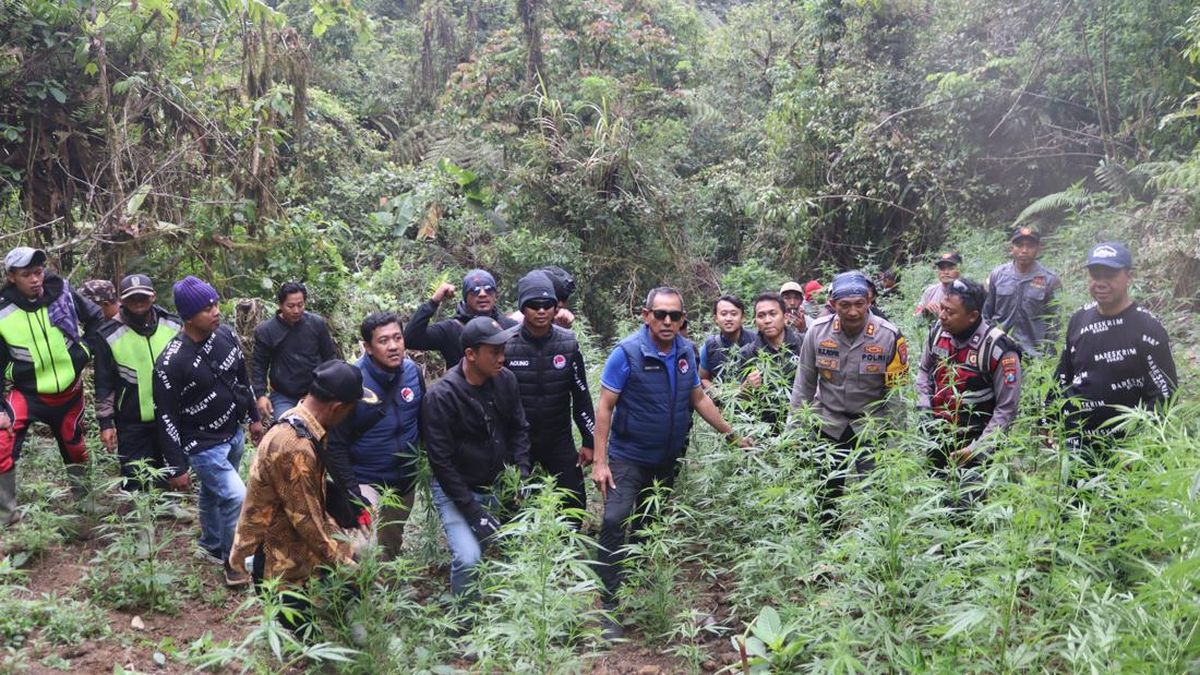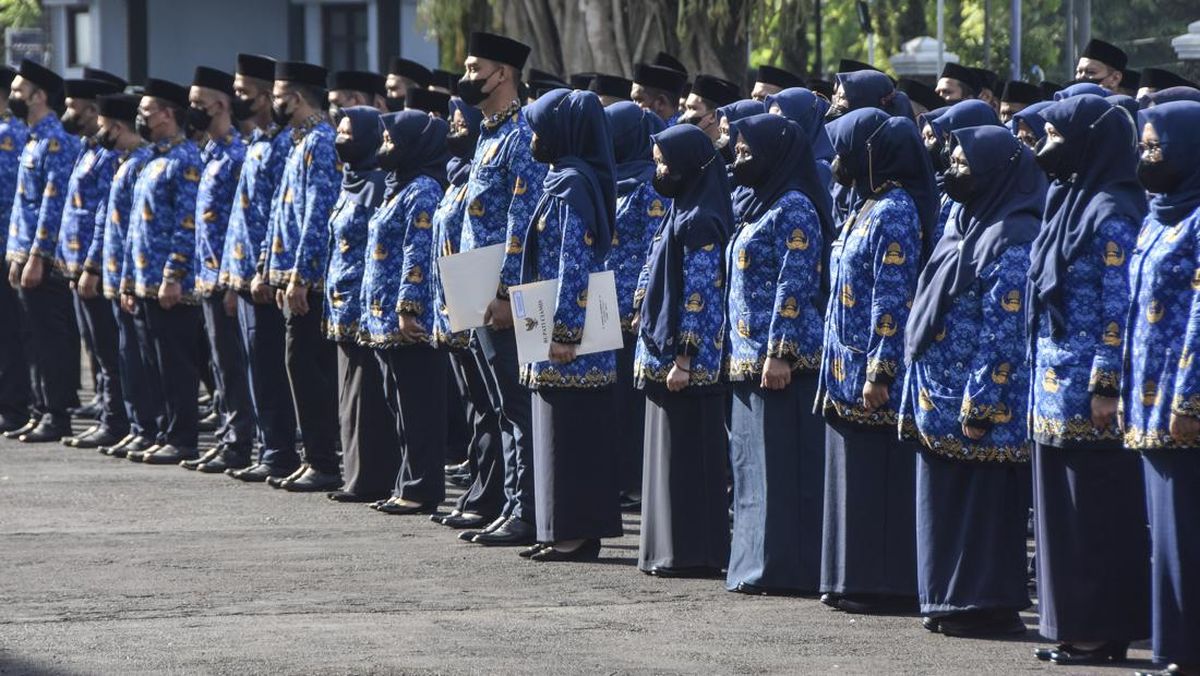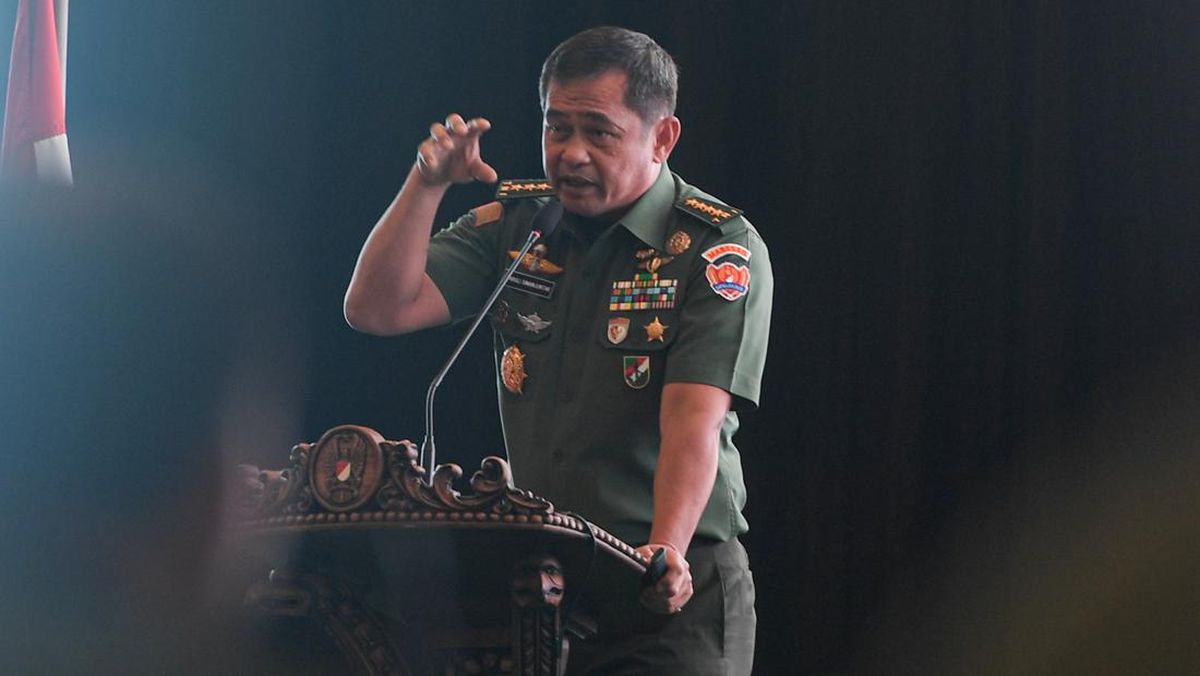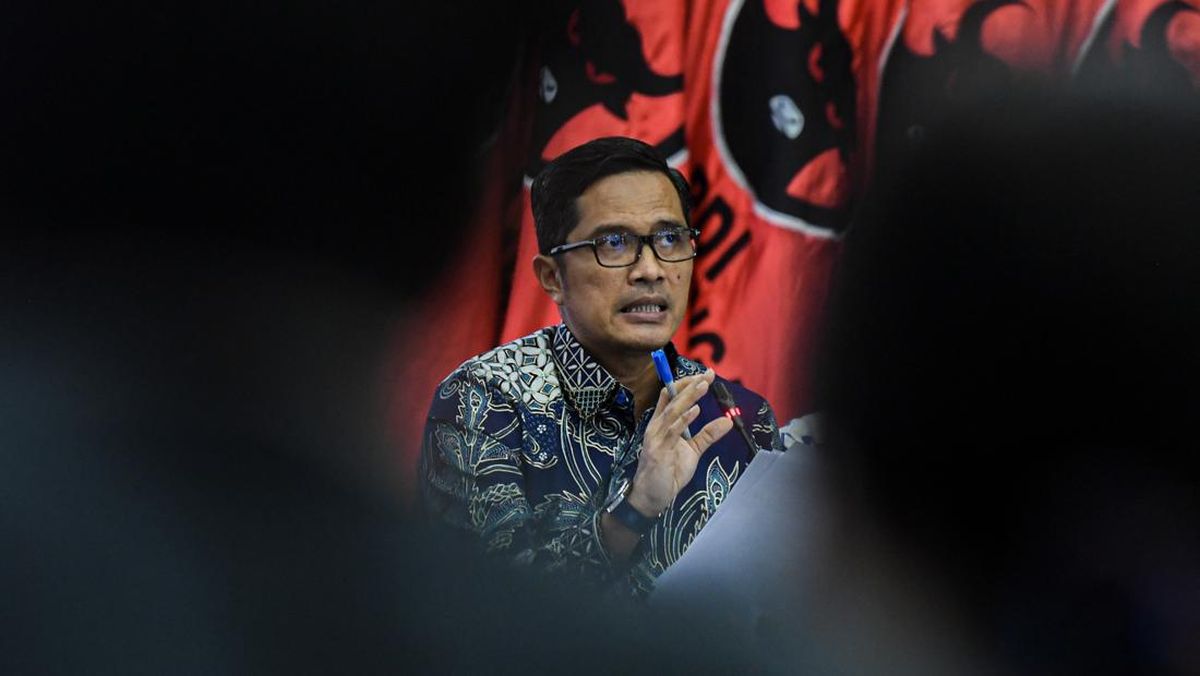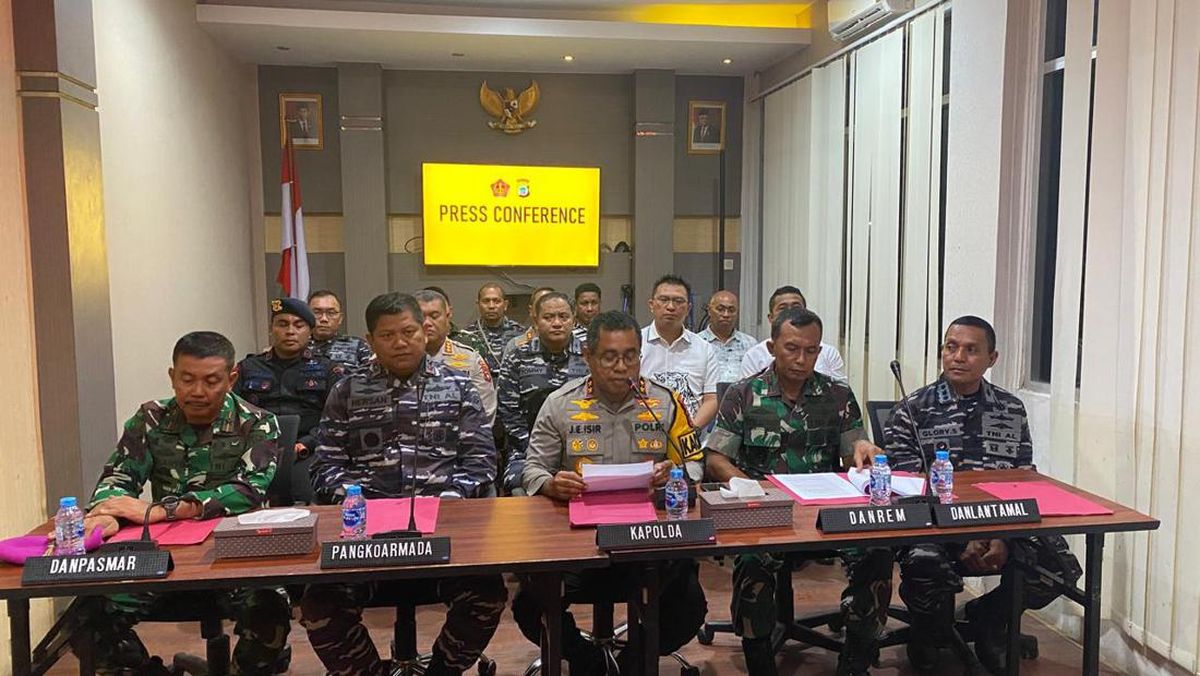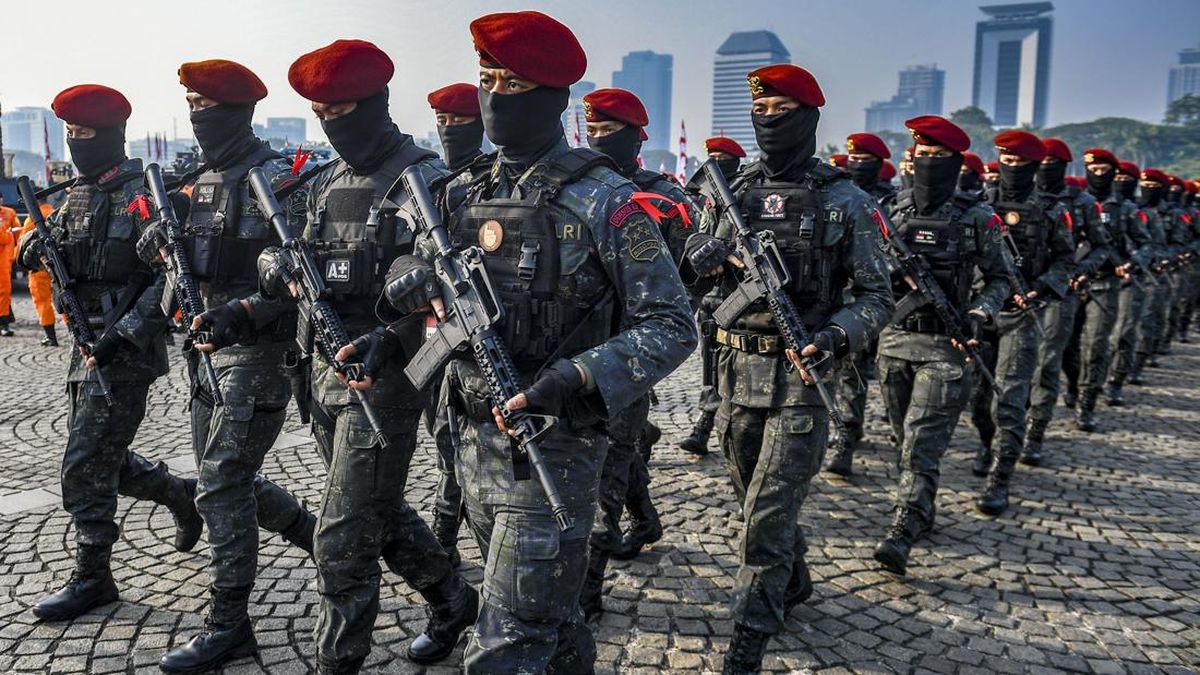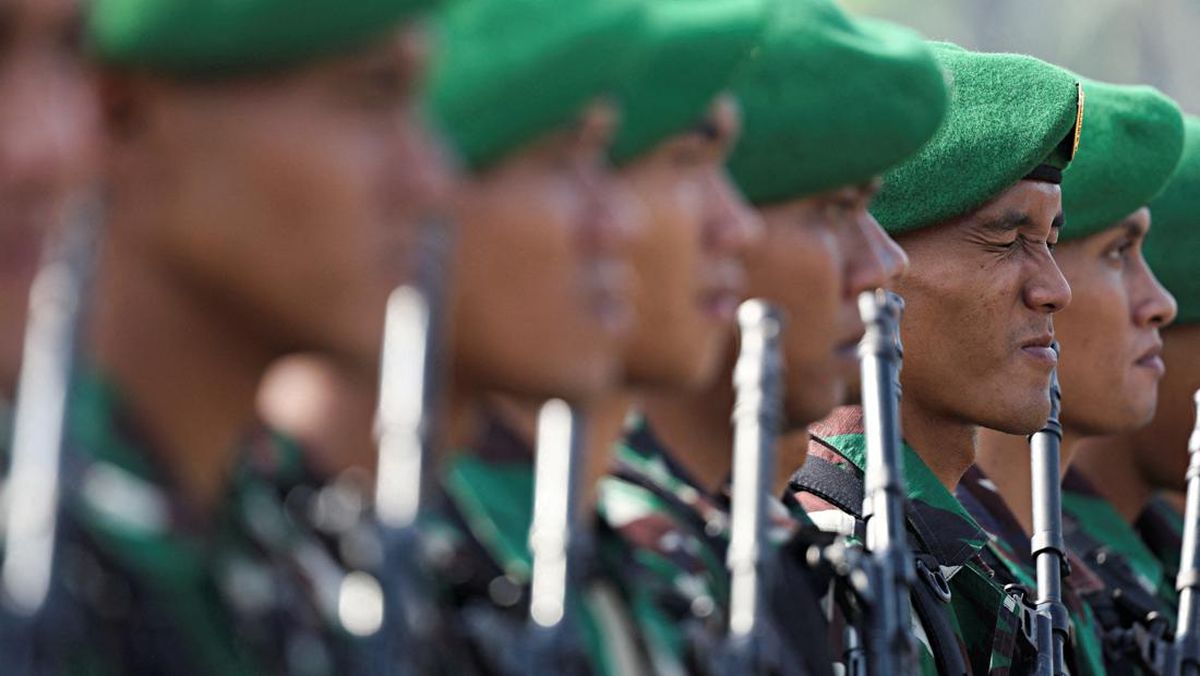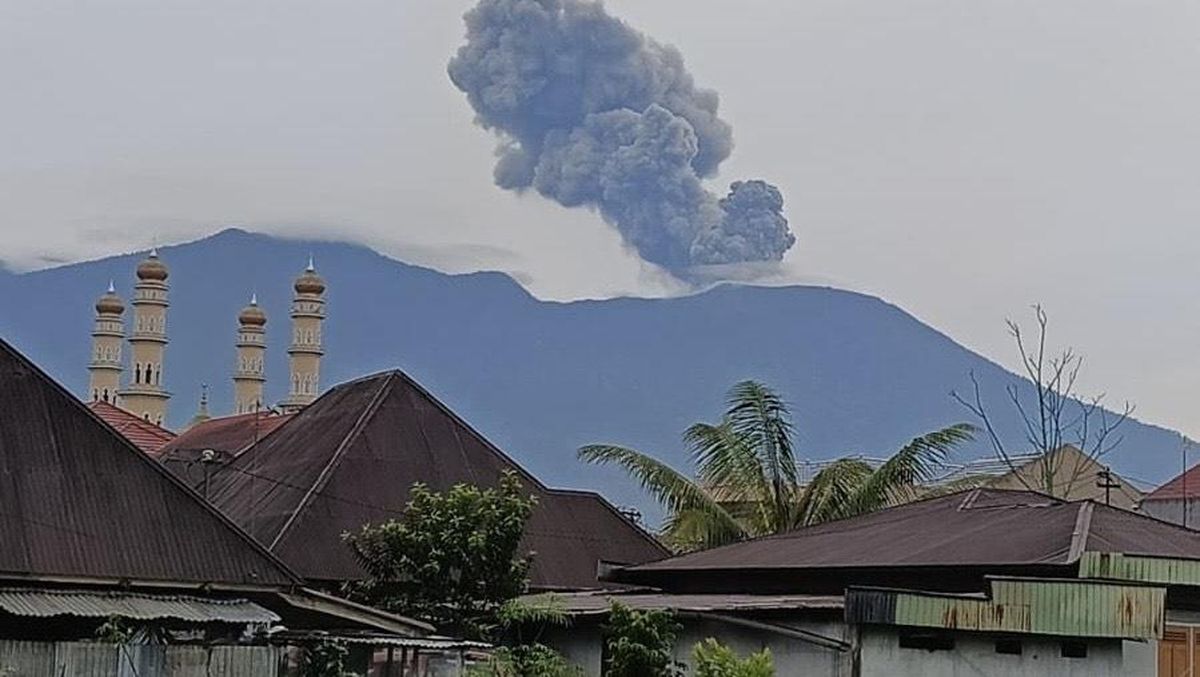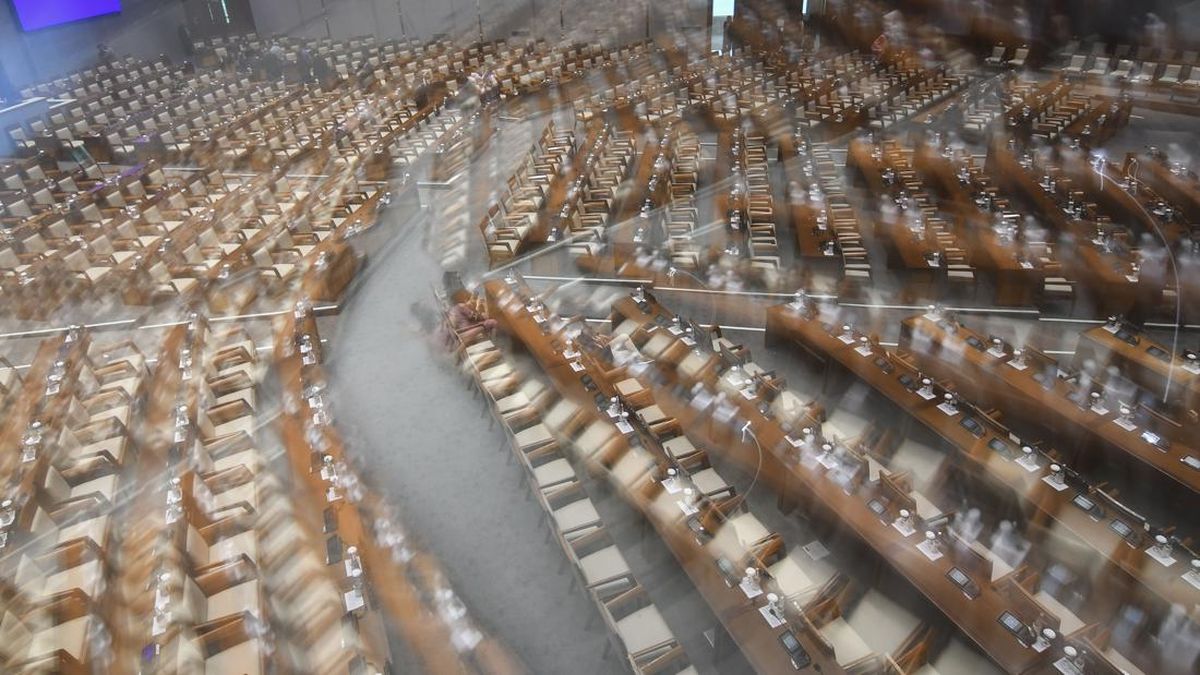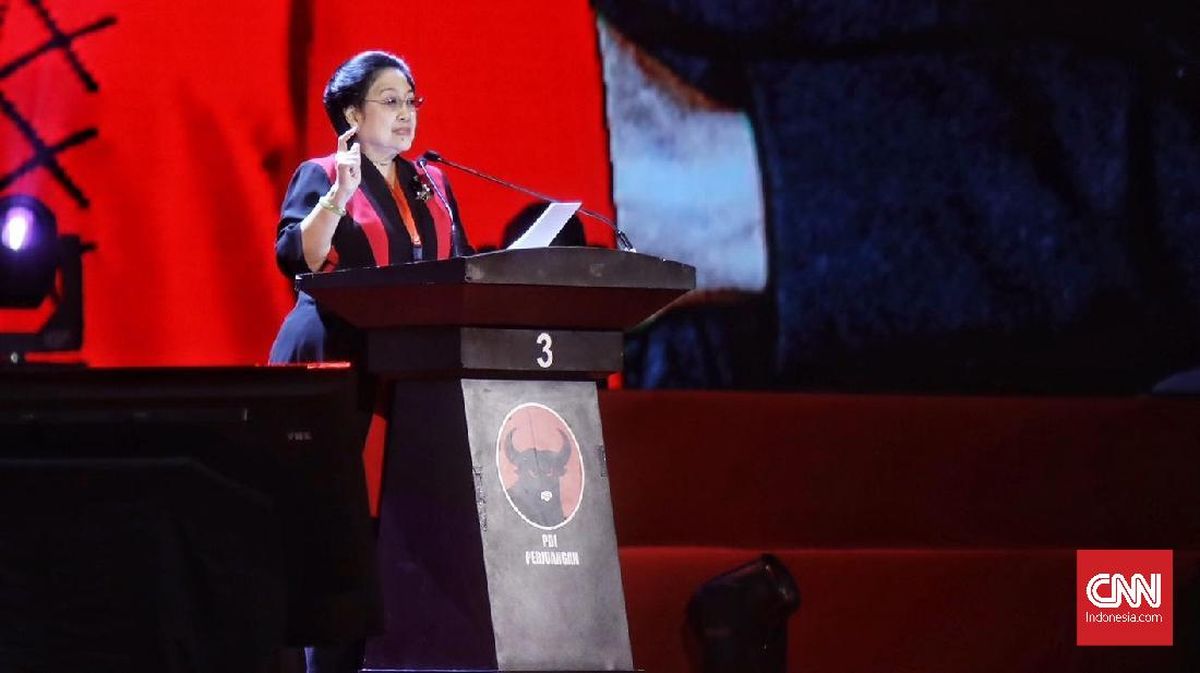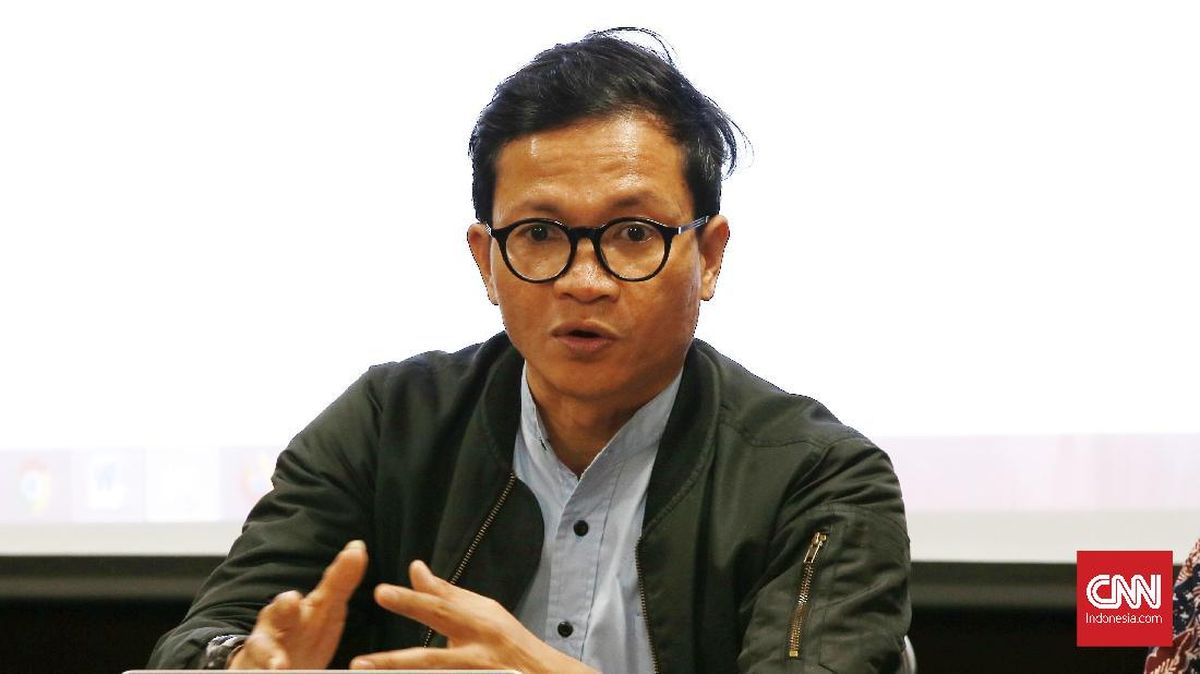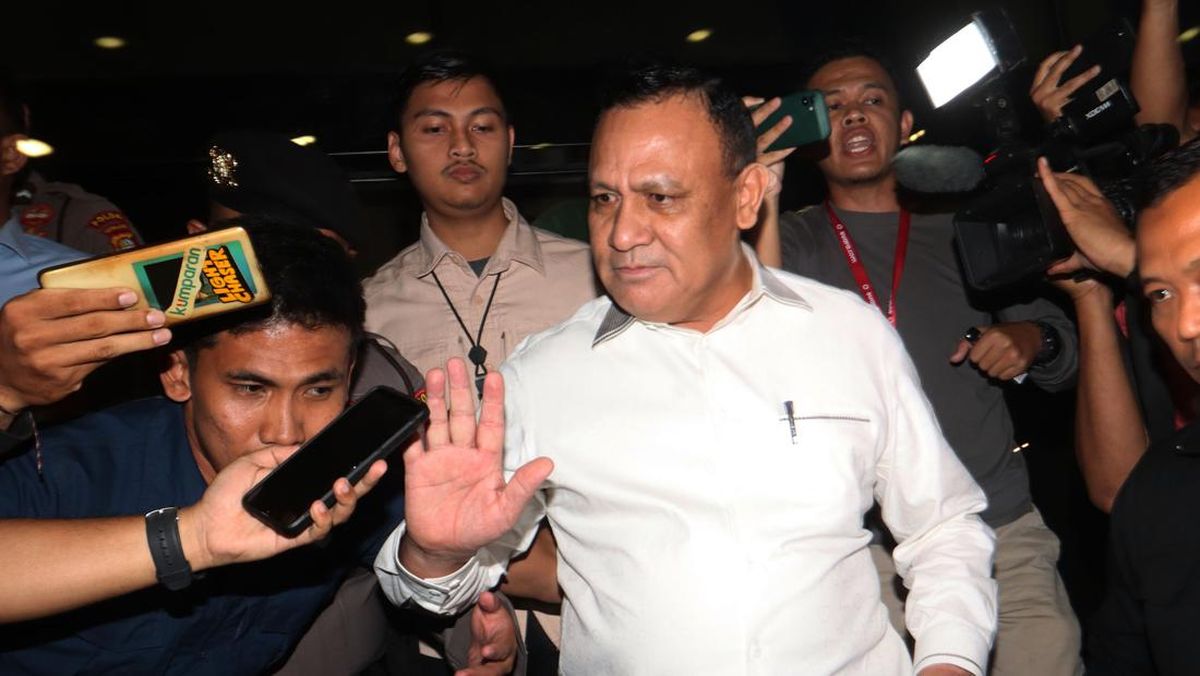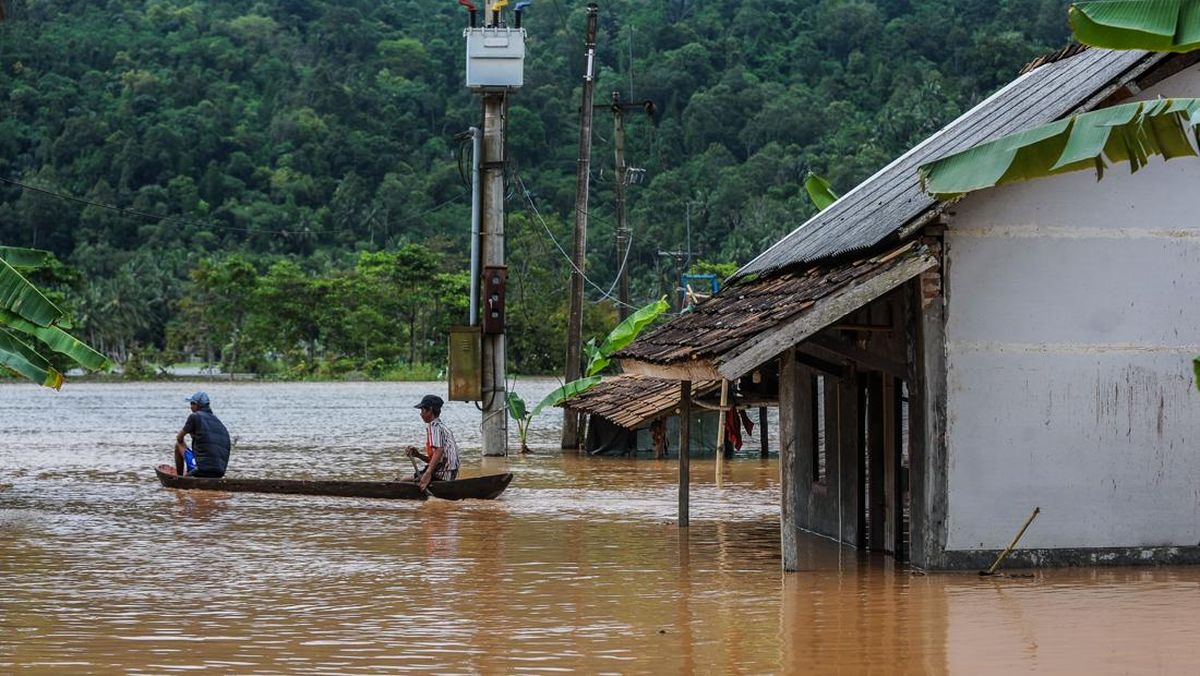TEMPO.CO, Jakarta - In the atmosphere of Eid al-Fitr, people in Indonesia usually look for tourist attractions as a place to gather and have fun with family. Like in various places, eastern Indonesia also has many iconic religious tourist attractions that must be visited.
One of them is a religious tourist attraction that can be beneficial for mental and spiritual health. Here are ten religious tourist attractions in Eastern Indonesia:
1. 99 Dome Mosque Makassar
This mosque is located in the Center Point of Indonesia (CPI) Makassar area, precisely on Jalan Penghibur No. 289, Losari, Ujung Pandang District, Makassar City. The name "99 Dome" comes from its architectural design which features 99 domes, inspired by Asmaul Husna, namely the names of Allah. In addition, the 99 Dome Mosque is also included in the list of the 10 most unique mosques in Indonesia and is the largest in Sulawesi.
According to several sources, the construction of the 99 Dome Mosque Makassar cost around 185 billion rupiah and took quite a long time to complete. Not many doubt that the design of this mosque is the work of Ridwan Kamil, who was a former Governor of West Java. The architectural concept then collaborated with a local architect named Musrif.
2. Gantarang Old Mosque in the Selayar Islands
Based on various literature, the Gantarang Lalang Bata Old Mosque is recognized as the oldest mosque in South Sulawesi Province. Its age is even said to be older than the Katangka Old Mosque in Sungguminasa, Gowa Regency. The status of this mosque as the oldest in South Sulawesi is based on the recommendation of the Seminar Forum entitled History of the Spread of Islamic Teachings and Sharia in the South Sulawesi Province Peninsula, which was held to commemorate the 406th Anniversary of Selayar Regency in November 2011.
This historic mosque is located in Gantarang Lalang Bata Hamlet, about 12 km from Benteng City. Built in the 16th century, this mosque was built during the reign of Sultan Pangali Patta Raja, the first king to embrace Islam.
Its existence is a witness to the history of the spread of Islamic teachings in South Sulawesi, brought by Datu Ribandang, the first figure to spread Islamic law in the region. Based on this historical record, the Selayar Islands Regency is considered the first region in South Sulawesi to accept Islamic teachings, even before Islam was practiced by the people of Gowa Regency.
3. Old Katangka Mosque in Gowa
The Old Katangka Mosque is one of the oldest mosques in South Sulawesi, founded in 1603 AD by the 14th King of Gowa, I Mangngarangi Daeng Manrabbia. This mosque is located in Katangka Village, Somba Opu District, Gowa Regency, and until now still stands strong as evidence of the history of the development of Islam in the region.
The establishment of the Old Katangka Mosque began with the arrival of traders from the Middle East who not only traded, but also tried to spread Islamic teachings. Although initially rejected by the kingdom, they continued to perform Friday prayers under a large tree known as the Katangka Tree. This tree later inspired the construction of the mosque.
The Old Mosque of Katangka has its own uniqueness with a blend of architecture from various cultures. Although the design of the building does not really reflect local culture, the ornaments on the main door and pulpit combine elements of Arabic and Makassarese. The pulpit of the mosque, which resembles a temple roof, is decorated with typical Chinese ceramics and Makassarese carvings using Arabic letters, reflecting the influence of Chinese, Arabic, and Makassarese cultures in one harmonious unity.
4. The Grand Mosque of Syekh Yusuf in Gowa
The Grand Mosque of Syekh Yusuf, located in Sungguminasa, Gowa Regency, South Sulawesi, was founded in 1679 on the initiative of Sultan Daeng Mananjapa Daeng Bonto Karaeng Laki Jawi, the 19th King of Gowa. This mosque is a symbol of the glory of the Gowa Sultanate as well as the center of the spread of Islam in South Sulawesi. The name of this mosque is taken from Syekh Yusuf Tuanta Salamaka, a great cleric who played an important role in the history of Islam in the area.
With its strategic location in front of the Gowa DPRD Office and close to the center of Makassar City, this mosque can be easily reached in about 15-30 minutes by car, making it an attractive destination for tourists.
5. The Blessing Jesus Statue in Tana Toraja
The Blessing Jesus Statue in Tana Toraja is the tallest Jesus statue in the world with a height of 45 meters. This statue stands majestically on the peak of Mount Buntu Burake at an altitude of 1,700 meters above sea level (masl) and directly faces Makale City. From this place, visitors can enjoy the panorama of Makale City and the expanse of green hills that are soothing to the eyes.
6. Hubbul Wathan Grand Mosque in Mataram
Since its inauguration in 2013, the Islamic Center (IC) has become the largest center of worship and religious tourism destination in West Nusa Tenggara.
Standing on 7.76 hectares of land, this building has 4 floors and 5 towers, one of which is 99 meters high. This highest tower symbolizes the 99 names of Allah or Asma'ul Husna.
One of the unique features of the Islamic Center is its main dome which is decorated with the typical Sasambo Batik motif (Sasak-Samawa-Mbojo), reflecting the cultural diversity of NTB which consists of three main tribes, namely the Sasak tribe in Lombok, and the Samawa and Mbojo tribes in Sumbawa.
7. Loang Baloq Tomb in Lombok
Loang Baloq Tomb comes from the Sasak Lombok language which means "Crocodile Hole." This name refers to the presence of a banyan tree in the area that has a hole, which according to the story, was once the residence of a crocodile believed to be hundreds of years old.
The Loang Baloq Tomb Complex is a burial area that houses dozens of bodies. However, there are three tombs that are considered special, namely the tomb of the cleric Maulana Syekh Gaus Abdurrazak, the Tomb of the Orphans, and the Tomb of Datuk Laut.
Syekh Gaus Abdurrazak was a cleric and Islamic preacher from Baghdad, Iraq. He began his preaching in Palembang before finally stopping in Lombok around 18 centuries ago. After spreading Islam in Palembang, he continued his journey and arrived on the coast of Ampenan Beach, where he conveyed the basic teachings of Islam to the local community.
8. The Ancient Bayan Beleq Mosque in North Lombok
The Bayan Beleq Mosque is estimated to have stood for around 500 years, but there is no definite record of who built it. According to one version, this mosque was founded by Sheikh Gaus Abdul Razak, a propagator of Islam in Bayan, in the 16th century.
Although it is called a mosque, the function of the Bayan Beleq Mosque is different from mosques in general. This place is only used for major religious celebrations such as Eid al-Fitr, Eid al-Adha, the Prophet's Birthday, the Islamic New Year, and various other religious events.
9. Ternate Sultanate Mosque in North Maluku
The Ternate Sultan Mosque is located on Jalan Sultan Khairun, Soa Sio Village, North Ternate District, Ternate City, North Maluku Province. This mosque is proof of the existence of the first Islamic Sultanate in the eastern region of the archipelago.
The Ternate Sultan Mosque was built near the Ternate Sultan's Palace, about 100 meters southeast of the palace. This location reflects the important role of the mosque in religious life in the Ternate Sultanate, where various traditions and religious rituals of the sultanate are always centered in this mosque.
This mosque was built using stone structures with adhesive made from a mixture of kalumpang tree bark. In terms of architecture, this religious tourism destination has a rectangular shape with a tiered roof in the shape of a pyramid. Each level of the roof is decorated with carved trellises, which show the typical style of early mosques in the archipelago. This architectural style is similar to the first mosques in Java, which did not use domes, but tiered pyramid roofs.
10. Old Soya Church
The early history of the construction of church buildings in Negeri Soya is not known for certain. However, the evangelism process in the area continued to develop until 1876, when the King of Soya, Stephanus Jacob Rehatta, together with the congregation teacher T.J. Sopacua led the community to expand the Soya church into a semi-permanent building that was used until 1927.
As the number of congregations that were no longer accommodated in the old church increased, in 1927, under the reign of King Leonard Lodwijk Rehatta and Elder Ds. M. Haulussy, a permanent church was built in Negeri Soya. The project was led by the head builder, Elder Ezer Soplanit. The construction of this church adopted the design of an old church in Ambon City that was built in 1781 during the reign of Governor Bernadus Van Pleuren.
Ni Kadek Trisna Cintya Dewi and Delfi Ana Harapap contributed to the writing of this article.
Editor’s Choice: Here Are the Top 10 Best Places to Visit in the UK for 2025
Click here to get the latest news updates from Tempo on Google News




